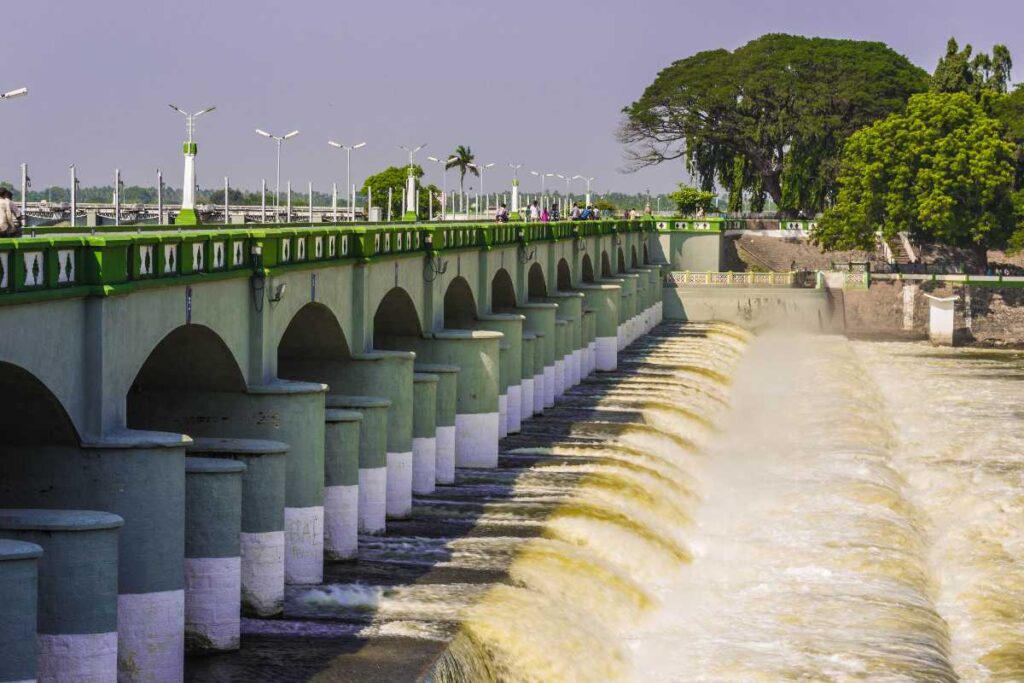Introduction of Kallanai Dam


Kallanai Dam is an amazing ancient dam. It is also known as Grand Anicut. This dam flows from the Tiruchirapalli District to Thanjavur district, Tamil Nadu, India, and is located at a distance of 15 km from Tiruchirapalli, 45 km from Tanjavur. Due to its water diversion structure, it is the fourth oldest water regulator structure. Its eye-catching architecture becomes one of the best tourist spots in Tamil Nadu.
History
There was a king of southern India’s old Chola Dynasty named Karikalan who built the Kallanai Dam during the second century AD. It is one of the oldest irrigation systems in the world, despite this, the dam is still in use. There was a purpose behind the construction of the Kallanai Dam that was to divert the waters of Kaveri over the rich Thanjavur delta region for irrigation by channels since the arrival of the British in the eighteenth century, the Kallanai has been tampered with and other hydraulic structures have been added around. Therefore it became so difficult to understand the working of Anicut from the present situation to the past. The exact location of Kallanai is in the Trichy District.
Check out our aviation-related Articles such as Air Crash investigation, Case studies, Research articles to understand the complexity and the beauty of the aviation field.
Construction Details
The Dam attracts a large number of tourists and it also fascinated historians and engineering experts. Many have been said about Anicut and don’t know the contribution of king Karikalan. In this context, the former chief minister of Tamil Nadu Jayalalithaa had made a surprising announcement to build a befitting memorial to the Chola king.
Grand Anicut is an enormous structure constructed with bumpy stones to a length of 329 meters and a width of 20 meters across the mainstream of the river. The main function of this Dam was to retain the supply in the Cauvery and its branches and pass on the excess into Coleroon through the Ullar river.
Construction Techniques
The Dam was firstly built with rocks, after that in the British period it was repaired and reconstructed with concrete. There is the following process of construction :
Rock cutting
Rock is the main material of this Dam. The cutting process of these rocks are:
- Punching hole
- Inserting Wooden Wedge
- Adding Water
- Breaking
Placing of Rocks
In the path of the River, Cauvery Rocks are directly placed. The gravestones are placed in their recognized places. To maintain the stability of these stones external thurst and pressure are required. In the high-speed water, we can not be able to push the stones. Therefore, they followed a simple system to immerse the gravestone into the river by lading and corrosion process.
One Stone is placed on the Bottom and another gravestone is placed on top of it. By corrosion, it’ll be placed in the correct position. With the help of this approach, the sand bed gives great strength and durability.
Check out our Sports News & Facts, Here you’ll find the sports-related blogs. Day by day when you age you’ll realize how much sports has given to you and how it helps you become a better person.
